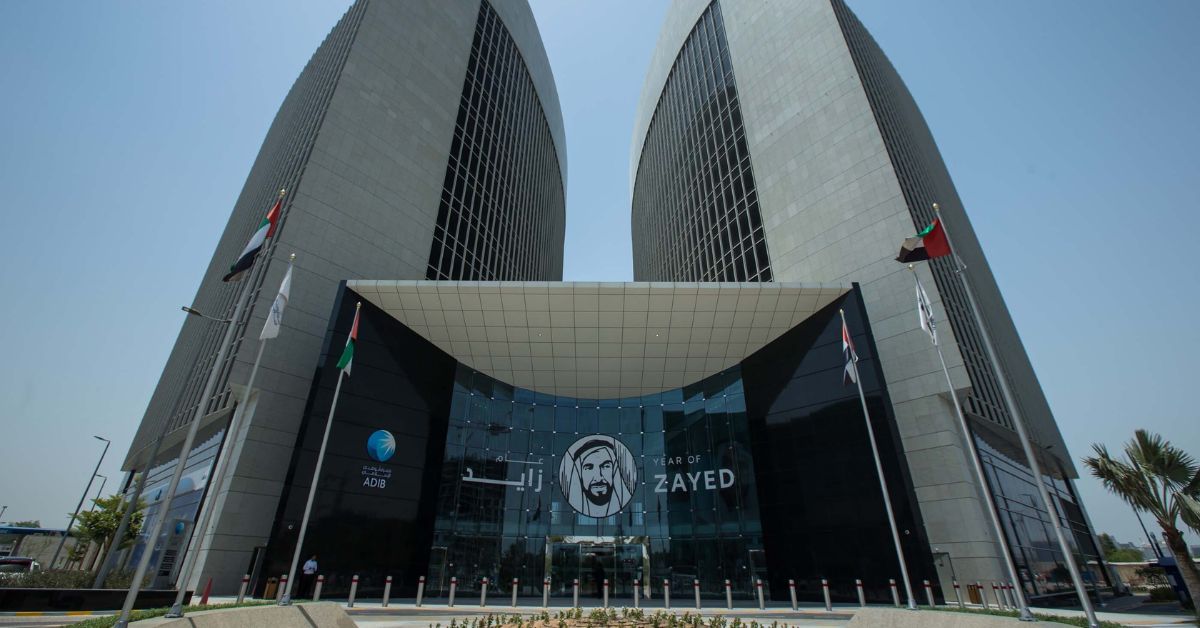DUBAI, UAE — The recent surge in foreign currency-denominated sukuk issuance has been primarily attributed to specific features of core Islamic finance markets. For instance, Saudi Arabia has experienced reduced banking system liquidity and lower oil prices, leading to a decline in sovereign local currency sukuk, but has seen an increase in foreign currency-denominated issuances.
A new report by S&P Global Ratings indicates mixed activity levels, highlighting the sukuk market’s geographic concentration. To draw interest from non-core jurisdictions, the industry might need to reconsider the issuance process and work towards the harmonization of its Sharia standards.
S&P Global Ratings predicts a potential decline in total sukuk issuance this year compared to 2022 and 2021, notwithstanding anticipated growth in foreign currency activity in the market. The report, however, forecasts continued expansion of sustainability-linked sukuk, starting from a relatively low base, amid increasing awareness of environmental, social, and governance considerations among issuers.

In the medium term, the sukuk market stands to gain from heightened automation and digitalization. The contribution of the forthcoming launch of the Islamic Coin to this trend remains uncertain.
A mixed picture
In the first half of this year, total issuance declined by 17.5% to $83.2 billion, compared with $100.7 billion in the corresponding period last year, as per the report.
S&P Global Ratings maintains its projection of subdued overall issuance activity. It has revised its estimate of sukuk issuance upwards to $174.1 billion from $155.8 billion in 2022 by better capturing the volume of local currency-denominated issuances. Nevertheless, issuance volumes still trail those of 2021.
Local currency issuance has seen a downturn. The market witnessed a nearly 25% drop in the first half of 2023, year on year, primarily driven by …
Discover why the market is experiencing mixed activity levels and how sustainability-linked sukuk and digitalization are shaping the future in the Gulf region and across the world. Click here

